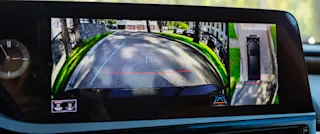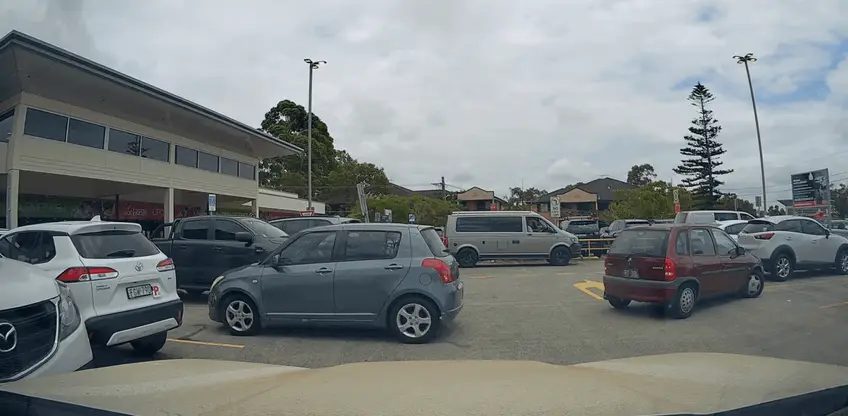
Hot take: Modern car safety features are making us worse drivers
Modern car safety features definitely save lives, but overreliance on them also makes us more complacent and distracted drivers.


Modern car safety features definitely save lives, but overreliance on them also makes us more complacent and distracted drivers.

Given enough time, even cars that were total duds end up with devotees. Here are the reasons that uncool cars become cool with enough time.

Could a mandatory driving test every 10 years make our roads calmer and safer? Let’s look at the key reasons this idea might not be so silly after all.
Full disclosure – This is an opinion article written by a passionate reverse parker and might be a tad biased. Drive (and park) as you see fit.
This statement might be even more divisive than putting pineapple on pizza, but here we go:
Reversing a car into a parking spot is the superior option, and more people should consider it.
I hear a few people already grumbling about the inconvenience of drivers backing back – but hear me out. Reversing is arguably safer, easier and faster than driving forwards into a parking bay. Have I lost you already? Oh good, you’re still here! Here we go.
It’s arguably safer to back into an empty space than try to reverse out into a car park where there might be people walking by, wonky trolleys being pushed, and errant toddlers being pursued by frazzled parents. The very nature of pulling up next to a spot, then backing into it helps you make sure the space is empty. And this argument is (ahem) backed up by science:
A US study found that the pull-in/back-out parking manoeuvre (that is, driving in forwards then reversing) had a higher crash risk. In fact, a whopping 90% of North Carolina’s parking-related fatal and serious injuries occurred during a back-out manoeuvre.
In contrast, when you’re driving forward out of a spot you can see clearly whether anyone is about to walk past where you intend to drive. Reverse parking is even standard practice on many mine sites for safety and visibility reasons.

Reversing into a parking spot isn’t just for the expertly skilled, and here’s why. Reversing accurately has become so much easier now that a lot of cars have reversing sensors and cameras. Heck, it’s often easier to centre your car in the parking space when reversing, especially with rear view mirrors and those handy reverse camera parking lines. Just imagine how impeccably tidy our car parks would be if more people reversed first!
Backing back is even easier in cars that are shorter in the back, like hatchbacks. And should you be surrounded by bulky 4WDs or vans by the time you get back to your car, it’s undeniably easier to drive forwards with good visibility.
People who back into car spaces get a zen departure after doing the trickier work first, so they can simply drive forwards and on with their day. It’s a bit like enjoying dessert all the more after you’ve eaten your veggies.
Sure, this might not be true in a quiet car park – in these cases, the two options are probably comparable time-wise. But when you’re in a peak-hour car park, reversing out of a bay delays pretty much everyone involved, from the driver, to the cars that have to stop, to pedestrians walking by. You might even need your passenger to stand outside and direct when things are particularly crazy.
In an ideal world, we’ll all just chill out no matter whether we’re waiting for a car driving out forwards or backwards. But this needs to be said: for every person saying reverse parkers take up people’s time, there’s another person waiting for someone to do a five-point reverse out of a bay.

Perhaps the only downside to reverse parking is that it’s tricker to load the boot from a trolley when the car is parked facing forward. Still, it’s worth considering reverse parking whenever you don’t need a trolley, for all the reasons above.
Best of all is the rare car park with single lanes where you can both pull in and drive through. That really is chef’s kiss enough to make anyone’s day.
Well, then you’ll need a new car! Check out Carma, where you can browse, reserve and buy pre-checked second-hand cars without even leaving home. You can even filter by feature to find the perfect pre-owned car for sale, whether that’s a rear parking camera, rear sensors or something else entirely.